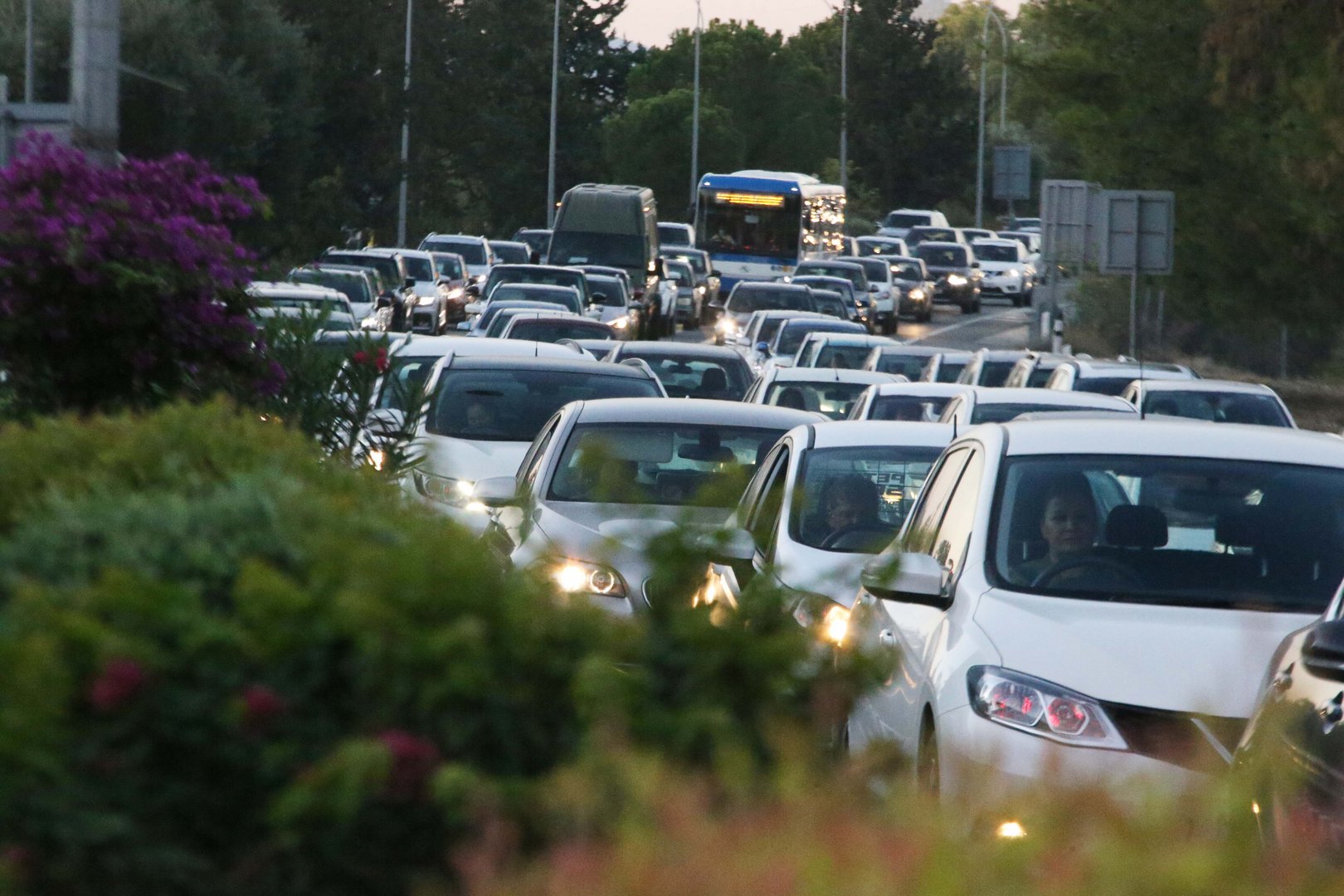After the two-month summer respite, on Monday, with the opening of all the schools, early morning traffic jams returned to the roads, especially in Nicosia and Limassol; in the case of Limassol, the problem did not go away completely. The congested roads, long tailbacks and cars moving slower than pedestrians have returned and there will be no respite for drivers until Christmas.
The mobility scheme promoted and funded by the European Commission has led to the creation of bus lanes, the building of more pavements and the inevitable narrowing of roads but this has made a bad situation worse. There are now more bottlenecks causing more traffic jams that restrict rather than improve mobility.
Of course, the European thinking is that bus lanes that allowed the unhindered movement of buses would encourage the use of public transport, while more pavements would persuade people to walk. The experiment has failed and it has built up the congestion on our roads. While the ‘park and ride’ introduced by the transport minister, Alexis Vafeades in Nicosia was a step in the right direction, it has not had much of an impact in reducing traffic at the entry point to the capital or its roads.
More radical thinking is needed to ease the morning congestion. For years governments have toyed with the idea of introducing more flexible hours in the public service – something brought up by Vafeades again this week – but it is opposed by the public sector unions. An alternative would be to change the time that school starts to 9am, but combine this with the expansion of the school bus service, so that parents do not complain that this is an inconvenient time for them. Such a measure would probably be opposed by teaching unions, but it would ease the congestion.
A reliable and extensive public transport system would also be a great help, but here we have a chicken and egg situation. The system cannot be improved because there is not adequate demand which will not increase if the system is not improved. What the government could do is upgrade the bus service and then discourage the use of cars in the centre of the cities. For example, the state has no obligation to offer free parking for public employees, who may be persuaded to use the bus, or at least car-share, if they have to pay for a parking space every day.
A network of bicycle lanes would also help. In the sixties and seventies most teenagers rode a bike to school, although this was because city roads were nowhere near as busy as they have been in the last 20 to 30 years. If there were enough cycle lanes, riding a bike would be much safer and teenagers could cycle to school, getting much needed physical exercise, protecting the environment and sparing parents from the school run.
There are some ideas but there needs to be a government plan that would be gradually implemented over the next three to five years, because, the congestion can only get worse if nothing is done.







Click here to change your cookie preferences